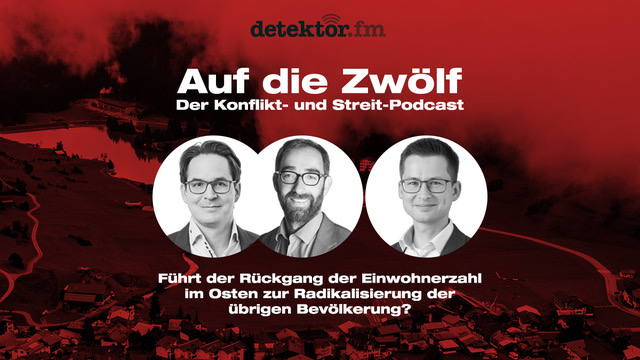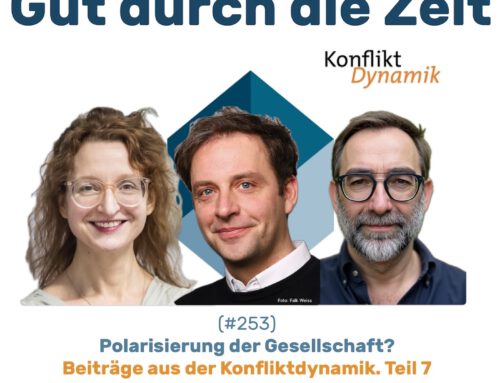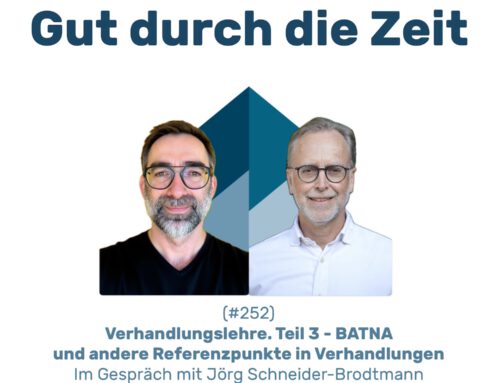Podcast „On the Twelve – The Conflict and Dispute Podcast“ (#8)
Is the decline in the number of inhabitants in the east leading to the radicalisation of the rest of the population?
Population decline, division gap and radicalisation tendencies?
19.03.2020
There is a lot to see in eastern Germany - but there are few inhabitants. What happens when people move away? In this episode of our podcast, we explore the question of what potential for conflict the so-called division gap might give rise to.
30 years after the fall of the Berlin Wall, many landscapes are blossoming, especially cities and communities in East Germany. Not only Leipzig, Dresden and Berlin, but also other cities have been spruced up. Most of the old buildings have been renovated, modern shopping streets characterise the cityscapes and the infrastructure is in good shape. What the East lacks, especially the rural regions, are inhabitants.
Lack of inhabitants in the east
Not only do residents make cities attractive, they also guarantee economic strength and the power of renewal.
The population in eastern Germany has been declining for more than just the last 30 years.
- After the Second World War millions of people fled to the western occupation zones. Others held out.
- But many residents returned to GDR times left their home town and left East Germany. That alone was around two million people.
- And since the Peaceful Revolution 1989 more and more residents are moving elsewhere. Young and well-educated women in particular have left the East.
What does this historically unique population decline mean?
What impact does this development have and how does it contribute to Radicalisation of the rest of the population?
We want to look at this in a new episode of "On the Twelve". We spoke to the population expert Felix Rösel who spoke at the Dresden branch of the ifo Institute researches.
Business mediator Dr Sascha Weigel and lawyer Peter Hense discuss this in this episode of "Auf die Zwölf".





Leave A Comment